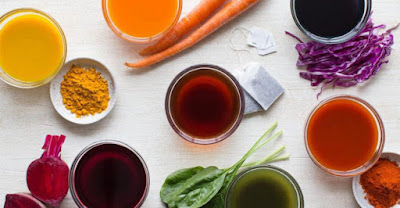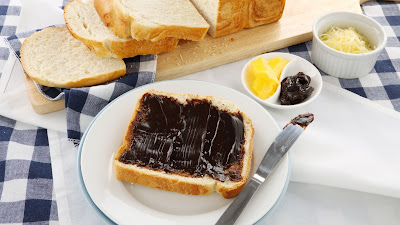Natural Food Colors Are Food Dyes Obtained From Natural Sources and Are Safe For Ingestion
 |
Natural Food Colors |
Natural food colors are used all over the work, especially in regions such as the United States, and the United Kingdom. Natural food colors is a term used to describe a dye or pigment that imparts color to food when added to it. It comes in many different forms, including powders, liquids, gels, and pastes. They are used in both domestic and commercial cooking.
The most common food color is yellow, but there are some Natural Food Colors that can be safer to use. These natural alternatives are also safer. Synthetic colors are more common. While they're not as harmful as synthetic colors, they should still be used with caution. The U.S. Food and Drug Administration (FDA) has determined that these chemicals are safe for consumption. The regulations regarding the use of colorants in foods were first implemented in Germany, where the rules were very strict.
The colorants used in food are usually ionic solids. These substances contain positive and negative ions. When solid dissolves, these ions are released into the solution and become associated with polar water molecules that have partially negative and partially positive charges. The resulting mixture of colors is the main source of artificial colors in our diet. However, some natural colors can have some negative side effects. Saffron and turmeric have been linked to severe allergic reactions in some people.
The most common natural food colors come from minerals and fruits and are thus considered safe and non-toxic. They do not require batch certification and are available in a range of colors. Only a select number of natural colors have been approved by the FDA for use in food. In regions such as the U.S., the increasing prevalence of restaurants has increased the requirements for natural food colors. For instance, according to SmallBizGenius, currently, there are around 1 million restaurants in the U.S. A few natural food colors have no adverse effects and are completely safe for human consumption. The U.S. Food and Drug Administration has determined that these colors are safe for human consumption and have no adverse effects. They are also used to enhance the natural colors of food and correct any variations caused by exposure to sunlight.



Comments
Post a Comment